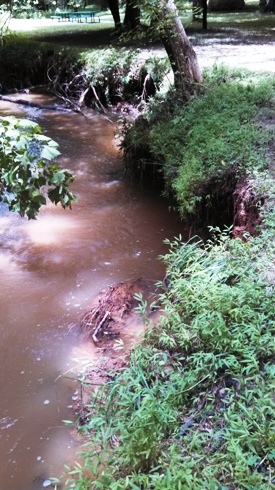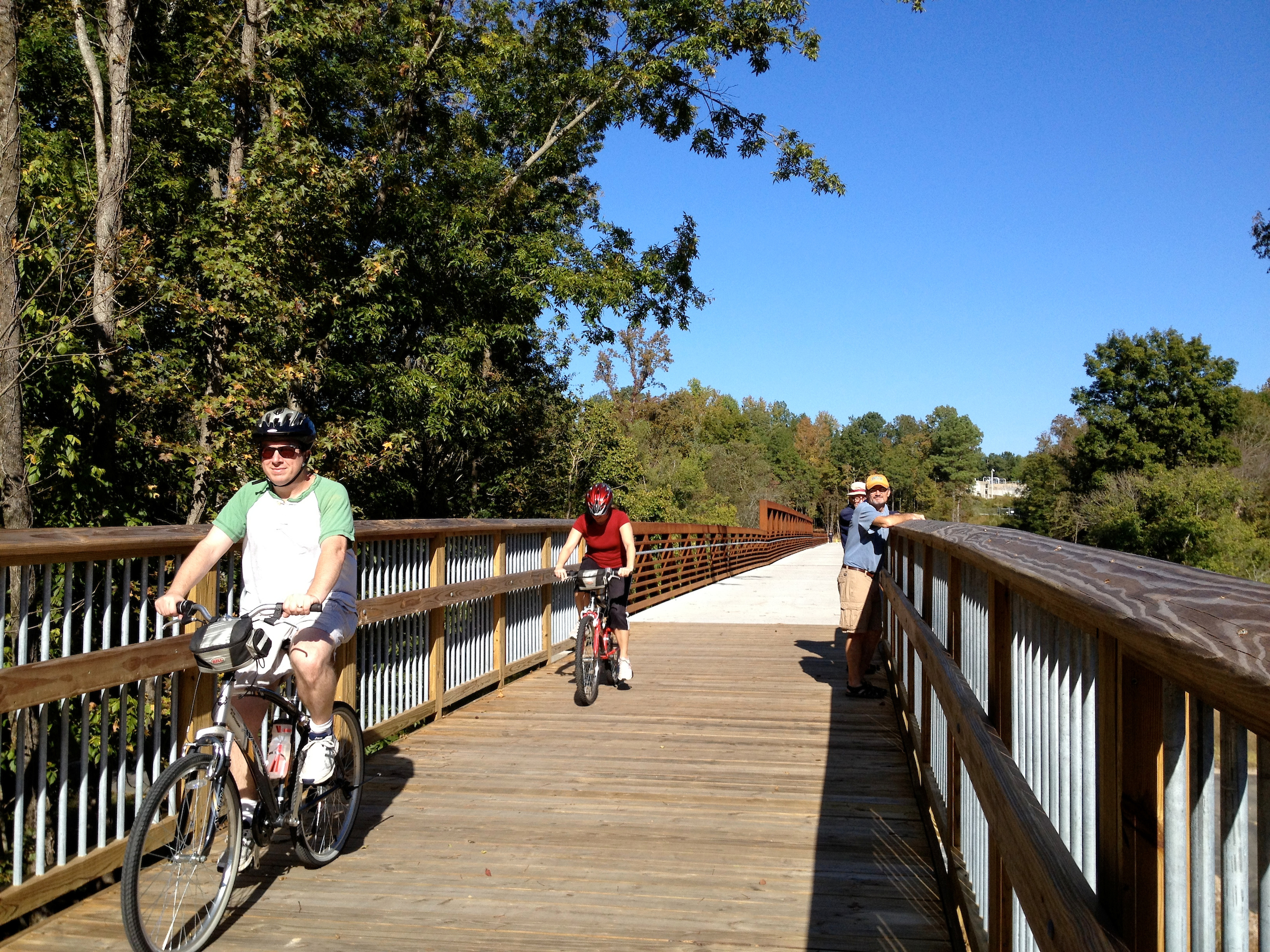Backyard Stream Repair
 Unstable streams with little or no bank stabilization can cause excessive erosion, property damage and tree loss. This can lead to major stream bank loss, deepening of the stream channel and over-widening of the stream banks which is not only unattractive but can also be very dangerous.
Unstable streams with little or no bank stabilization can cause excessive erosion, property damage and tree loss. This can lead to major stream bank loss, deepening of the stream channel and over-widening of the stream banks which is not only unattractive but can also be very dangerous.
Homeowners often mow up to the stream or attempt to address the problem through ineffective methods that only make the problem worse.
There are many way to help stabilize a stream, make it attractive and allow it to serve its primary function - moving water.
How to Improve a Stream
The first way to improve a stream is by stabilizing the stream banks with natural jute or coir matting (woven coconut) and installing live stakes (trees/shrubs). Either purchased or made, live stakes are live branch cuttings from water-loving trees, such as Silky Dogwood, Black Willow, or River Birch that are typically one-quarter to one-half inch in diameter and two-feet long. The live stakes are hammered into the ground with a rubber mallet near the water's edge. In one season the trees will grow and begin to hold the soil and reduce the bank erosion.
Additional repair would include replanting a 50-foot riparian buffer. The buffer will help filter the excess nitrogen and phosphorus from run-off, shade the stream to decrease water temperatures and provide habitat for wildlife.
What about snakes, mice & mosquitoes?
There are many plants that are native and non-invasive, as well as attractive and functional that will limit pests from the buffer area, including Ninebark, Blue Flag Iris, Button Bush, Elderberry, Summer Sweet, Virginia Sweet Spire, Cardinal Flower, Coneflower, Paw Paw, Beauty Berry and Sweet Shrub.
